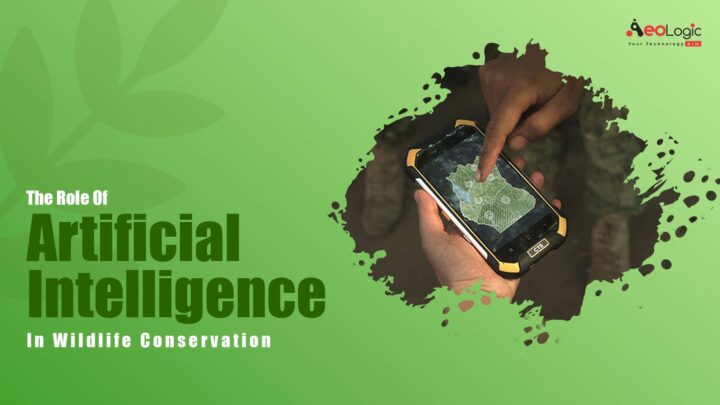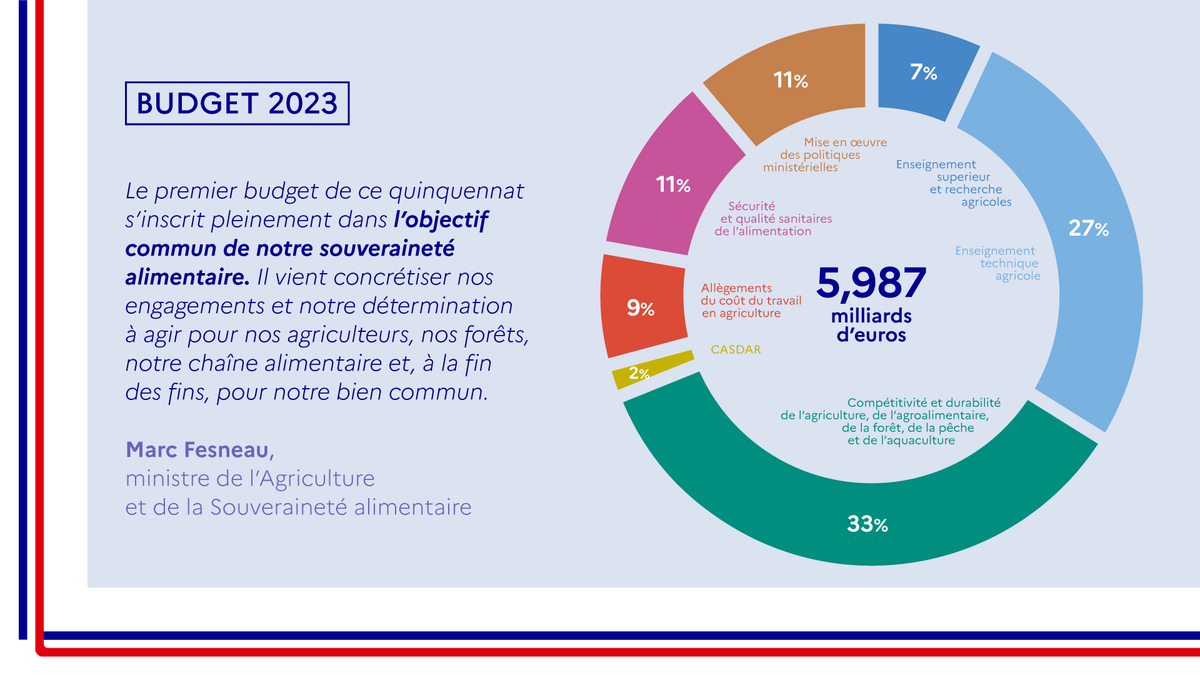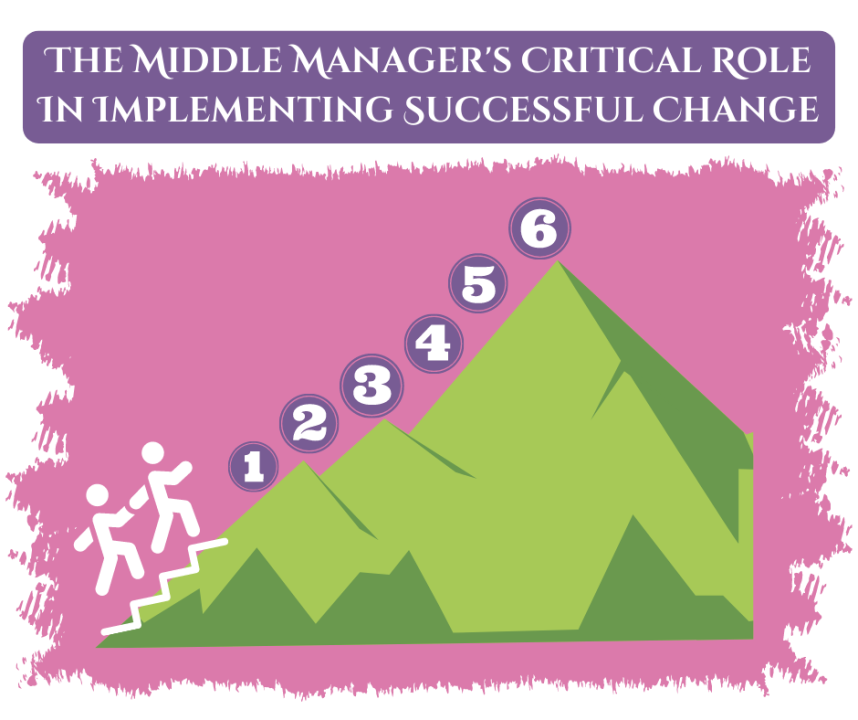Artificial Intelligence In Wildlife Conservation: Progress, Problems, And Potential

Table of Contents
Progress of AI in Wildlife Conservation
AI is rapidly transforming how we monitor, protect, and understand wildlife. Its applications are diverse and impactful, offering new possibilities for conservationists worldwide.
Improved Monitoring and Surveillance
AI-powered image recognition is revolutionizing wildlife monitoring. Drones equipped with advanced cameras and sophisticated algorithms can survey vast areas, identifying and tracking endangered species with unprecedented accuracy. Similarly, camera traps, traditionally requiring manual analysis of thousands of images, now benefit from AI, automatically identifying species, counting individuals, and even recognizing individual animals based on unique markings. This real-time data analysis provides critical insights into population size, distribution, and habitat use.
- AI image recognition significantly reduces the time and resources needed for manual data processing.
- Drone technology allows for efficient monitoring of remote and inaccessible areas.
- Camera traps coupled with AI provide continuous monitoring, even in challenging environments.
- Examples: AI systems are successfully detecting poaching activities in real-time, enabling swift intervention, and identifying individual animals for long-term behavioral studies, revealing crucial insights into their social structures and movements.
Predictive Modeling for Conservation Planning
AI algorithms are proving invaluable in predicting future threats to wildlife. By analyzing vast datasets encompassing climate patterns, habitat changes, disease outbreaks, and human activity, these algorithms can forecast potential risks with remarkable accuracy. This predictive capability allows conservationists to develop proactive, optimized strategies.
- Predictive modeling enables informed decision-making for resource allocation and conservation strategies.
- AI algorithms can identify areas at high risk of habitat loss or disease outbreaks.
- Examples: AI models predict poaching hotspots, allowing for targeted anti-poaching efforts, and identify suitable areas for habitat restoration and species reintroduction programs, maximizing the impact of conservation initiatives.
Combating Illegal Wildlife Trade
The illegal wildlife trade is a significant threat to numerous species. AI offers powerful tools to combat this illegal activity. AI-powered systems analyze online marketplaces and shipping data, identifying patterns and networks involved in wildlife trafficking. This enables enforcement agencies to disrupt illegal operations and bring offenders to justice.
- AI-powered surveillance systems enhance border security and improve the detection of smuggled wildlife products.
- Data analysis reveals hidden connections within illegal wildlife trade networks, aiding in investigations.
- Examples: AI algorithms effectively identify suspicious transactions, tracing the origin of seized wildlife products and exposing complex trafficking routes. This allows for more efficient targeting of criminal networks.
Problems and Challenges in Implementing AI
Despite its immense potential, the application of AI in wildlife conservation faces significant challenges.
Data Scarcity and Bias
Training effective AI models requires vast amounts of high-quality data, which can be scarce in many wildlife conservation contexts. Moreover, existing datasets may contain biases, leading to inaccurate or unfair predictions. Rigorous data collection and curation strategies are essential to mitigate these issues.
- Data scarcity hinders the development of robust and reliable AI models.
- Data bias can perpetuate existing inequalities and lead to flawed conservation decisions.
- Solutions: Investing in standardized data collection protocols and developing strategies to address data biases are crucial steps.
Computational Costs and Accessibility
Training and deploying complex AI models can be computationally expensive, posing a significant barrier for many conservation organizations with limited resources. Making AI solutions more affordable and accessible is crucial for broader adoption.
- High computational costs limit the accessibility of advanced AI techniques to smaller organizations.
- Limited access to computing resources restricts the implementation of AI-powered conservation strategies.
- Solutions: Exploring cloud computing solutions, developing open-source AI tools, and promoting collaborations are key strategies.
Ethical Considerations
The application of AI in wildlife conservation raises significant ethical concerns. The collection and use of wildlife data need to respect animal privacy and avoid unintended ecological consequences. Ethical guidelines and responsible AI development are crucial to mitigate potential risks.
- Wildlife privacy needs careful consideration to minimize disturbance and ensure ethical data collection.
- Potential ecological impacts of AI interventions need thorough assessment and mitigation.
- Solutions: Establishing ethical guidelines for AI in conservation and promoting transparency and accountability are vital.
Future Potential and Directions
The future of Artificial Intelligence in Wildlife Conservation is bright, with exciting advancements on the horizon.
Advancements in AI Technology
Continuous advancements in AI technology promise even more powerful tools for conservation. The development of more accurate and efficient AI models, coupled with the integration of AI with other technologies like the Internet of Things (IoT) and remote sensing, will further enhance monitoring, analysis, and predictive capabilities.
- AI advancements will lead to more effective and efficient conservation strategies.
- IoT integration will enable real-time data collection and analysis from diverse sources.
- Remote sensing will provide a broader perspective on wildlife populations and their habitats.
Collaboration and Capacity Building
Successful implementation of AI in conservation requires strong collaboration between researchers, conservation organizations, and technology developers. Capacity-building initiatives are crucial to train conservation professionals in AI applications and ensure the effective integration of these powerful tools.
- Collaboration is essential to share knowledge, resources, and best practices.
- Capacity building ensures that conservation professionals have the skills to use AI effectively.
Citizen Science and Public Engagement
Involving the public in data collection and AI model development through citizen science projects can significantly expand the reach and impact of AI in conservation. Raising public awareness about AI's role in protecting wildlife is also essential for securing broader support and participation.
- Citizen science allows for greater participation in data collection and model development.
- Public engagement fosters broader awareness and support for AI-driven conservation efforts.
Conclusion
Artificial Intelligence in Wildlife Conservation is proving to be a transformative force, offering unprecedented opportunities to monitor, protect, and understand wildlife. While challenges related to data scarcity, computational costs, and ethical considerations remain, the progress made so far is encouraging. The future of AI in conservation hinges on continued technological advancements, strong collaborations, and a commitment to responsible AI development. We urge readers to learn more about AI's role in conservation, support organizations using AI for wildlife protection, contribute to data collection initiatives, and engage with the growing field of Artificial Intelligence in Wildlife Conservation. Let's work together to leverage the power of AI to secure a future where wildlife thrives.

Featured Posts
-
 350 Kata Kata Motivasi Hari Senin Semangat Kerja Sepanjang Pekan
Apr 23, 2025
350 Kata Kata Motivasi Hari Senin Semangat Kerja Sepanjang Pekan
Apr 23, 2025 -
 La Montee Des Depenses De Defense Usa Vs Russie Usa Today
Apr 23, 2025
La Montee Des Depenses De Defense Usa Vs Russie Usa Today
Apr 23, 2025 -
 Chinas Cmocs 581 Million Lumina Gold Acquisition Details And Implications
Apr 23, 2025
Chinas Cmocs 581 Million Lumina Gold Acquisition Details And Implications
Apr 23, 2025 -
 The Importance Of Middle Managers In Fostering A Positive And Productive Work Environment
Apr 23, 2025
The Importance Of Middle Managers In Fostering A Positive And Productive Work Environment
Apr 23, 2025 -
 Exec Office365 Breach Nets Millions For Hacker Feds Allege
Apr 23, 2025
Exec Office365 Breach Nets Millions For Hacker Feds Allege
Apr 23, 2025
